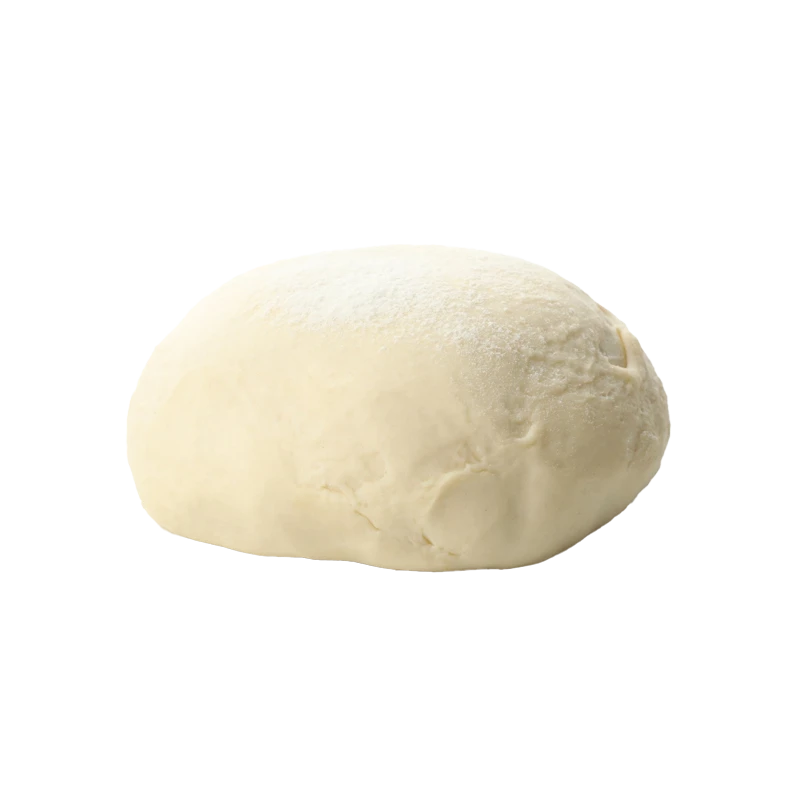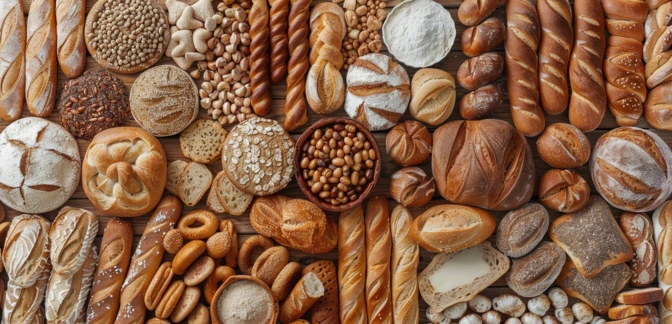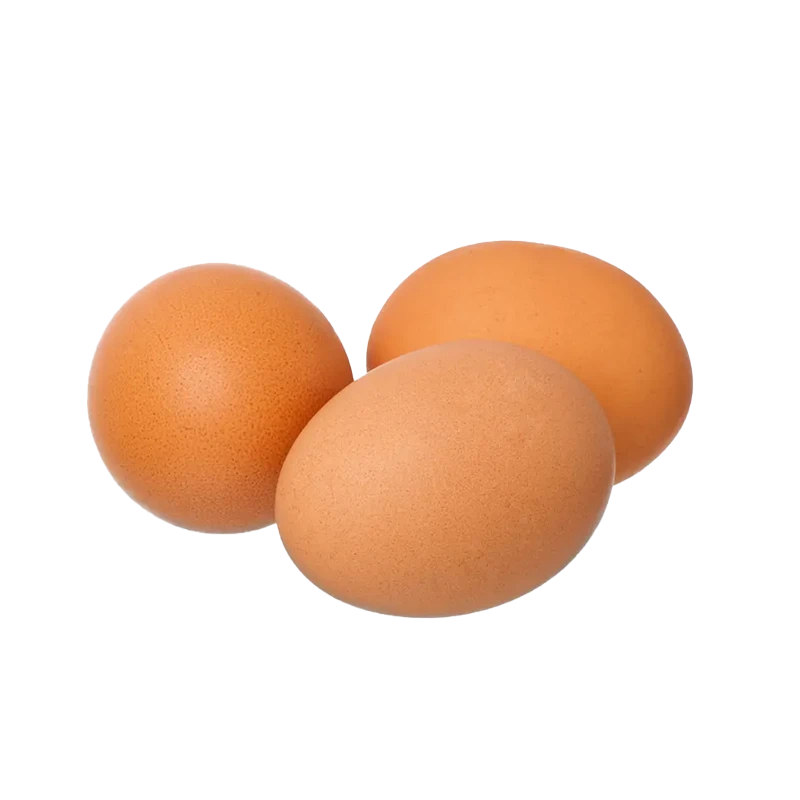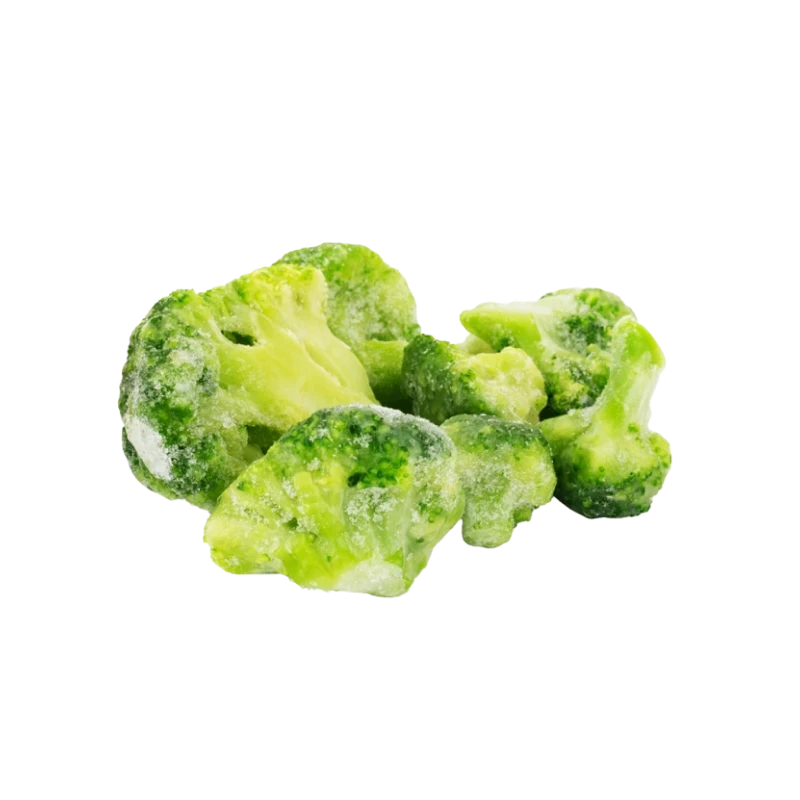Dough — Nutrients, Health Benefits, and Shopping Tips

Written by Listonic Team
Last update on September 6, 2024
Nutrition facts
Nutrition facts
Amount per 100 g
Calories
🔥 297 kcal
| Nutrients per: 100 g | Value | % Daily Value* |
|---|---|---|
| Carbs | 61 g | 22.18% |
| Fiber | 2 g | 7.14% |
| Sugars | 0 g | - |
| Glycemic Index | 50 | - |
| Protein | 8 g | 16% |
| Sodium | 2 mg | 0.09% |
| Total Fat | 2 | 2.56% |
*The % of Daily Value (DV) tells you how much a nutrient in a serving of food contributes to a daily diet. 2,000 calories a day is used for general nutrition advice.
50
🟢 Low Glycemic Index
2 g
🥕 Low Fat Content
Did you know?
Health benefits
- Versatile ingredient, used as the base for a variety of baked goods, allowing for creativity and experimentation in cooking and baking.
- Can be a source of complex carbohydrates if made with whole grains, providing sustained energy and fiber.
- Provides essential vitamins and minerals if enriched or made with nutrient-dense ingredients, such as iron, B vitamins, and magnesium.
- Supports social and cultural traditions, as many dough-based foods are integral to cultural recipes and celebrations.
- Encourages cooking and baking at home, which can promote healthier eating habits and family bonding.
Health risks
- High carbohydrate content which can cause rapid spikes in blood sugar levels, particularly concerning for diabetics or those on low-carb diets.
- Potential for high fat content depending on the type of dough (e.g., pizza, pastry), which can contribute to increased cholesterol levels and heart disease if consumed frequently.
- Risk of bacterial contamination such as Salmonella or E. coli if the dough contains raw eggs or is not properly handled, leading to potential foodborne illness.
- Gluten content in most types of dough, making it unsuitable for individuals with celiac disease or gluten sensitivity, potentially causing digestive discomfort and other health issues.
How to choose dough
The best dough, whether for bread, pizza, or pastries, should be elastic and smooth, easy to stretch without tearing. Press the dough gently; it should spring back slightly, indicating good fermentation.
Reject dough that is overly sticky or stiff, as these textures can make it difficult to work with and could result in a heavy, dense baked product. Well-prepared dough should be pliable and have a neutral, slightly yeasty scent.

How to store dough
Dough should be stored in the refrigerator to prevent it from rising too much. Keep it in an airtight container or wrap it tightly in plastic wrap. Properly stored, dough can last up to three days.
Leaving dough uncovered can cause it to dry out and form a crust. Avoid storing it near strong-smelling foods, as it can absorb odors. Ensure the container is sealed tightly to maintain its elasticity and freshness.
✅ Extra Tip
How long does it last?
Dough can last for 1-2 days in the refrigerator. For longer storage, dough can be frozen for up to 3 months. Properly wrap the dough to prevent freezer burn.
What to do with leftovers?
Leftover dough can be used in a variety of creative and delicious ways. In the kitchen, dough can be repurposed into different baked goods, such as turning leftover bread or pizza dough into breadsticks, rolls, or even pretzels. Dough can also be shaped into cinnamon rolls or flatbreads, providing a versatile base for both sweet and savory toppings.
Beyond baking, dough can be used for fun and educational activities, especially with children. Homemade play dough can be made by mixing leftover dough with food coloring and additional flour to create a pliable, non-toxic clay for kids to play with. Dough can also be used in craft projects to create ornaments, beads, or sculptures that harden when baked or air-dried. Additionally, dough can be used as a natural cleaning tool; for example, it can help remove dust from hard-to-reach places like the cracks in keyboards or between tiles when pressed into the area and lifted away.
👨⚕️️ Medical disclaimer
Discover products from other categories
Listonic Team
Fact-checked
Our editorial team checked this article to make sure it was accurate at the time of publishing it.
Get the top-rated shopping list app







